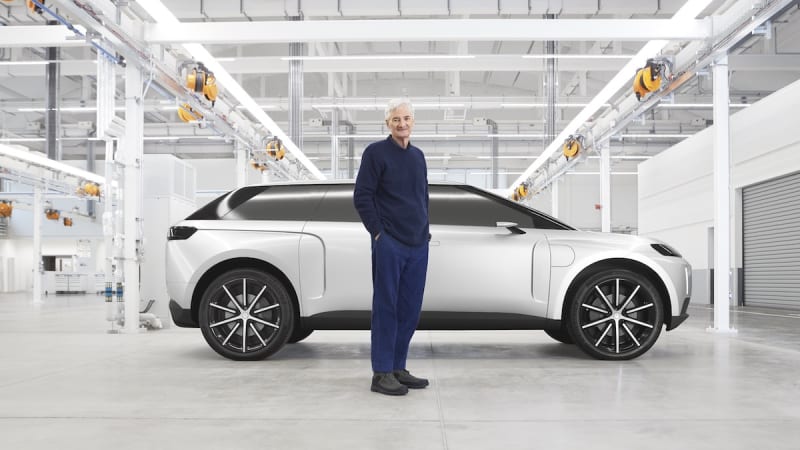James Dyson explains why his electric car won’t happen
https://ift.tt/372VWHe

British inventor James Dyson has published a diary-style postmortem on his company’s aborted electric vehicle project that gives us a glimpse at what could have been. It also comes as he granted an interview to British site Autocar in which he dished on the main bugaboo that forced him to kill a project in which he had poured $610 million from his own pocket: the prohibitively high cost of battery technology.
Specifically, Dyson says larger and more established automakers are losing money on every EV they build but are propping them up through sales of profitable “gas-guzzlers,” as he put it. Here’s how he responded to Autocar when asked for the key to making EVs profitable:
“The battery, I suppose. Batteries and battery cooling are enormously expensive, much more so than internal combustion engines. The rule of thumb is that you take the cost of the battery cells (and our car has 8,500 of them) and double it for the electronics. Every cell has two laser-welded connectors. It’s madness! Then you have to cool them. Ironically, most of the cooling is only for the charging phase. If you could overcome the technical issues around batteries, and make them cheaper, you could see a day when battery cars might be as cheap as ICE cars.”
GM and Tesla are both aiming to develop more advanced and similarly flexible-configuration battery systems that aim to reduce costs and improve performance and driving range. Dyson was working on a battery that promised 600 miles of range, with designs on eventually developing solid-state batteries, but it just couldn’t get past the daunting numbers it was projecting. Dyson officially shut down the project last October, telling staff members in part “we simply can no longer see a way to make it commercially viable.” Reports have suggested that Dyson would have had to price each model at the equivalent of around $184,000 in order to merely break even.
Meanwhile, Dyson in his post-mortem muses about the electric SUV’s large wheels, which he favored for their lower rolling resistance and greater comfort over potholes and other bumps. Other novelties included a nifty sliding panel on the front quarter panel to reveal the charging port, which illuminates once the panel is fully opened, and all controls for climate, audio, heads-up display and everything else mounted on the steering wheel. We’re also shown the roomy interior, which is clean and open, thanks to the wheels being pushed to the corners and the space-saving EV platform, and features distinctive chairs with cushion panels that look like mid-century modern design. “I hate the 1930s armchair look that car seats typically have and I haven’t found a car seat that has proper lumbar support,” Dyson writes. “We wanted a more elegant, structural seat, with well-considered posture support. When you sit in this, it gives you that support in all the right areas.”
There’s also a video that hints at the transformation of the rusted-out former British Royal Air Force airplane hangar to house the burgeoning project that gives you a sense of what was at stake financially. Today, it houses Dyson’s Covid-19 ventilator project, and plans call for converting it over to robotics, environmental care, professional and lighting teams.
Dyson told Autocar he tried to find a buyer for his EV project but was unsuccessful. In the meantime, the company continues to work on developing solid-state batteries and plans to eventually launch them in a new, unspecified — and presumably non-automotive — product.
Auto Blog
via Autoblog https://ift.tt/1afPJWx
June 4, 2020 at 02:28PM
